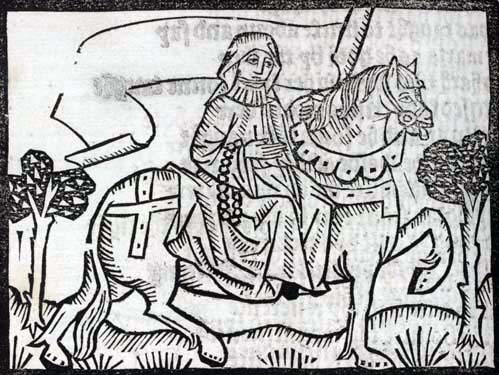THE ALLEGORY OF LIFE
I’ve written an allegory that’s been rejected by a number of periodicals. Still, I persist in sending it out because I have such faith in the piece. The other day I received another rejection from a newly established publication. This one included comments from the editor and two readers. Make no mistake, I revere anyone willing to write a few words of explanation to an author. It is kindness tantamount to saintliness. But sometimes it backfires.
One reader wrote he couldn’t get past the first page. The other admitted he didn’t understand the piece but was intrigued enough to raise a number of questions. It troubled him, for example, that the story had no dialogue or that the characters didn’t seem to grow and that the ending where the villain triumphed was upsetting.

(woodcut by Richard Pynson, 1492)
Apparently neither reader knew anything about Allegory which is a narrative without dialogue. Characters are personifications of good and evil. They do not have character development. And while evil does triumphant over the good in my allegory — something antithetical to the medieval form — that twist gives the work its 21st century flavor. I wrote a moral tale to expose the evils of moral actions — holy wars, jihads and the like where zealots perform unspeakable acts of violence in the name of their god.
As the author, I accept that I am responsible for my message. But sometimes a writer wants to break with what’s expected. Was James Joyce wrong to write “Ulysses?” I may complain about the incoherence of the piece, but I don’t deny his right to experiment and break new ground. That divide between satisfying one’s audience and the desire to expand the art is always the artist’s dilemma. But why do I speak of the “artist’s dilemma?” Art imitates life. Finding the balance between meeting our separate needs and the needs of those around us is always the challenge.